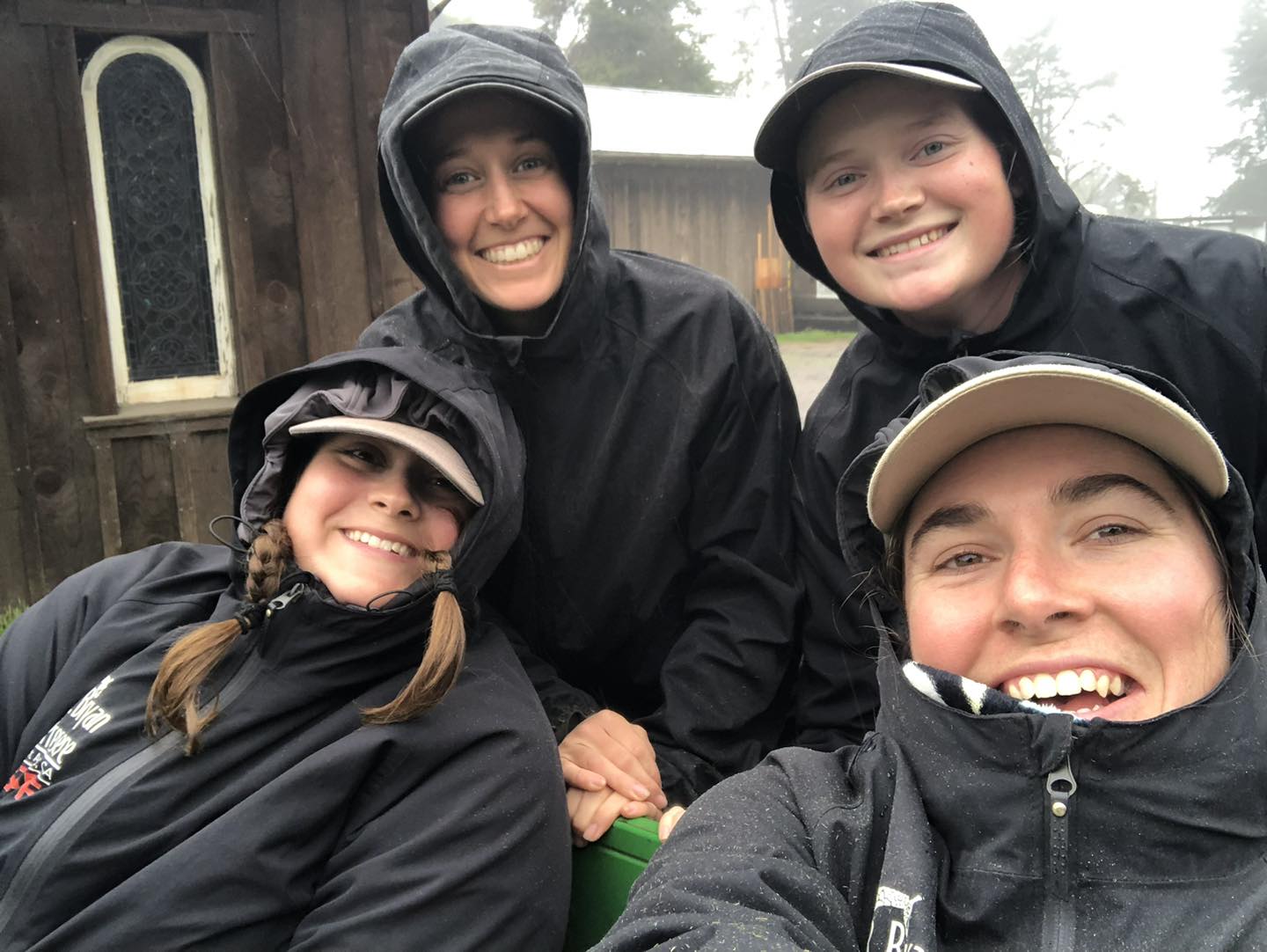– Understanding Groundhog Day and its cultural significance
– The biology and behavior of groundhogs in the wild
– How zoos contribute to wildlife conservation and education
– Challenges and strategies in zoo management and animal care
– The role of predictive traditions in modern ecological awareness
Groundhog Day offers a fascinating blend of folklore and wildlife biology. Each year, as the tradition goes, a groundhog predicts the arrival of spring by either seeing its shadow or not. This event centered around a creature known as a woodchuck, merges cultural heritage with a light-hearted approach to weather forecasting. What seems like a quaint custom opens doors to deeper discussions on animal behavior, seasonality, and how humans interpret natural signs.
Groundhogs, scientifically named Marmota monax, are a rodent belonging to the family Sciuridae, including squirrels. These animals are true hibernators, showcasing a remarkable biological adaptation to seasonal changes. They enter deep sleep, dramatically lowering their metabolism to conserve energy through the cold winter months. As spring approaches, groundhogs emerge from their burrows, and according to folklore, their behavior upon this emergence can predict the weather.
The event not only captivates the public but also serves as an opportunity to educate about groundhog biology and habits. Groundhogs’ digging habits impact soil health and can unearth historical artifacts, while their diet contributes to ecosystem dynamics. Understanding these interactions is crucial for environmental education and fostering a connection between the public and wildlife conservation efforts.
Zoos play a pivotal role in wildlife conservation and education. They offer safe havens for endangered species and conduct research critical for ecological preservation. Through expert care, enrichment programs, and educational outreach, zoos strive to maintain the well-being of their inhabitants while engaging visitors in conservation initiatives. Though not a traditional zoo event, Groundhog Day exemplifies how charismatic animals can draw attention and support for broader environmental issues.
Managing a zoo involves complex challenges, from providing species-specific habitats to addressing animals’ psychological needs. This responsibility requires a sophisticated understanding of animal science, ecosystem management, and public engagement strategies. As habitats and climates change, zoos adapt their conservation approaches to ensure the survival and health of diverse species. Strategic breeding programs, reintroduction initiatives, and habitat restoration projects underline the proactive steps taken by zoos toward wildlife preservation.
Predictive traditions such as Groundhog Day reflect an intrinsic human curiosity about nature and our desire to foresee and adapt to environmental shifts. While the accuracy of a groundhog’s weather prediction remains scientifically debatable, the tradition underscores the importance of ecological awareness and respect for nature’s cycles. In a broader sense, it encourages reflection on how human activities influence the climate and biodiversity.
Though light-hearted, the fascination with Mr. Groundhog’s prediction skills symbolizes a greater acknowledgment of our interconnectedness with the natural world. By engaging in wildlife conservation, supporting educational programs in zoos, and participating in culturally significant events, individuals can contribute to a sustainable future. Groundhog Day, therefore, goes beyond a whimsical forecast; it represents a call to action for environmental stewardship, reminding us of our critical role in shaping the planet’s legacy.
*****
Source Description
Mr. Groundhog, we need to have a chat about your prediction skills! 😄 While we may not always rely on your forecasts, our team is ready to tackle whatever weather comes our way. Rain or shine, the keepers are prepared to make the most of it and keep the momentum going! ☀️🌧


